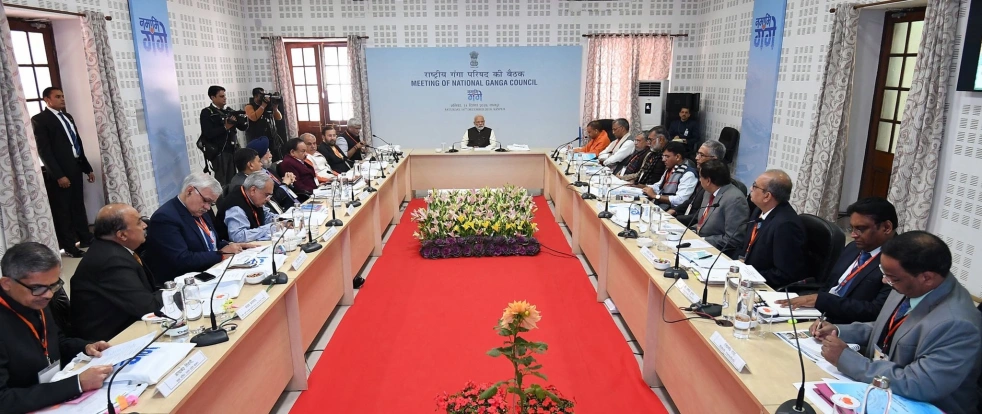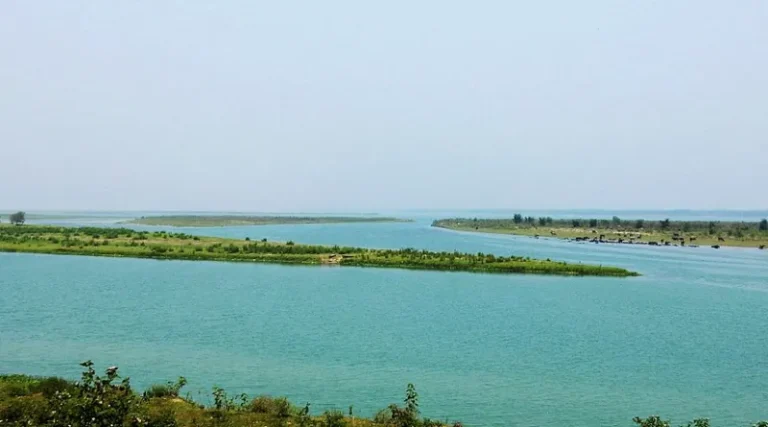The National Mission for Clean Ganga’s Director General, Asok Kumar, discussed the Arth Ganga model during his virtual keynote talk to the Stockholm World Water Week 2022 on Wednesday (August 24).

The World Water Week has been annually organised by the Stockholm International Water Institute since 1991 to address worldwide water issues.
During the first National Ganga Council meeting in Kanpur in 2019, PM Modi made the initial introduction of the idea and pushed for a change from Namami Gange, the Union Government’s flagship effort to clean the Ganga, to the paradigm of Arth Ganga. The latter emphasises economic activity connected to the river and the sustainable development of the Ganga and its environs.
The Arth Ganga model’s fundamental goal is to connect people with the river through economy. Asok Kumar said in his keynote speech that the Arth Ganga initiative “strives to contribute at least 3% of the GDP from the Ganga Basin itself” and that its interventions are in line with India’s commitments to the UN sustainable development goals.
The government is focusing on six verticals under Arth Ganga. The first is Zero Budget Natural Farming, which promotes the use of cow dung as fertiliser through the GOBARdhan programme and chemical-free farming for 10 km on either side of the river. The second strategy, called Monetization and Reuse of Sludge and Wastewater, aims to repurpose cleaned water for agriculture, industry, and the generating of income for Urban Local Bodies (ULBs).
Arth Ganga would also provide opportunities for livelihood generation by setting up haats where locals may sell goods, medicines, and ayurveda. The fourth goal is to improve public participation by strengthening the relationships between the many river stakeholders. Through boat tourism, adventure sports, and yoga classes, the model also hopes to enhance the cultural history and tourism of Ganga and its surrounds. The concept also aims to support institutional building by strengthening local government for better water governance.

